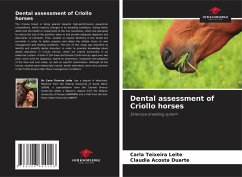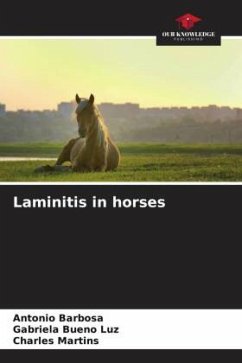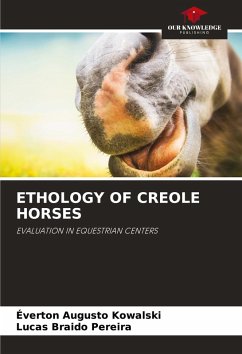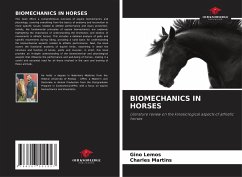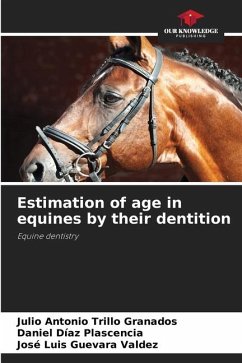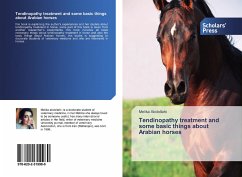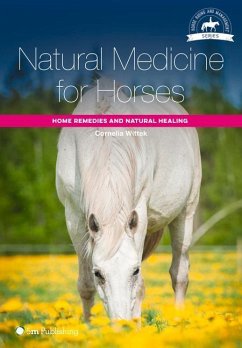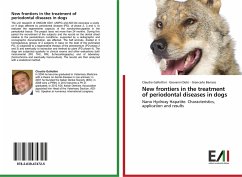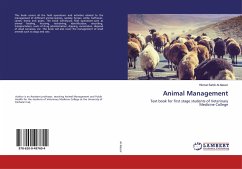
PERIODONTAL DISEASE
Treatment alternatives for horses
Versandkostenfrei!
Versandfertig in 6-10 Tagen
29,99 €
inkl. MwSt.

PAYBACK Punkte
15 °P sammeln!
Periodontal disease (PD) is defined as a set of inflammatory conditions of bacterial origin, which affects horses of all ages, but especially geriatric horses. It is correlated with premature tooth loss, sialorrhea, pain, dysphagia and progressive weight loss. In most cases it is secondary to malocclusion, irregular tooth wear, decompensated masticatory biomechanics, which predisposes to food compaction in the interproximal spaces and bacterial colonization. As the condition progresses, the periodontal ligaments become compromised, causing tooth mobility. Diagnosis can be difficult, especially...
Periodontal disease (PD) is defined as a set of inflammatory conditions of bacterial origin, which affects horses of all ages, but especially geriatric horses. It is correlated with premature tooth loss, sialorrhea, pain, dysphagia and progressive weight loss. In most cases it is secondary to malocclusion, irregular tooth wear, decompensated masticatory biomechanics, which predisposes to food compaction in the interproximal spaces and bacterial colonization. As the condition progresses, the periodontal ligaments become compromised, causing tooth mobility. Diagnosis can be difficult, especially in the caudal region of the oral cavity. The drug of choice for prophylaxis and treatment of oral disorders is chlorhexidine. In addition, metronidazole is cited as a potential antimicrobial. In order to improve treatment, the intra-lesional application of platelet-enriched plasma has emerged as an innovative option with promising results. The aim of this study was to evaluate the evolutionof different treatments for PD in premolars and molars of adult horses.



